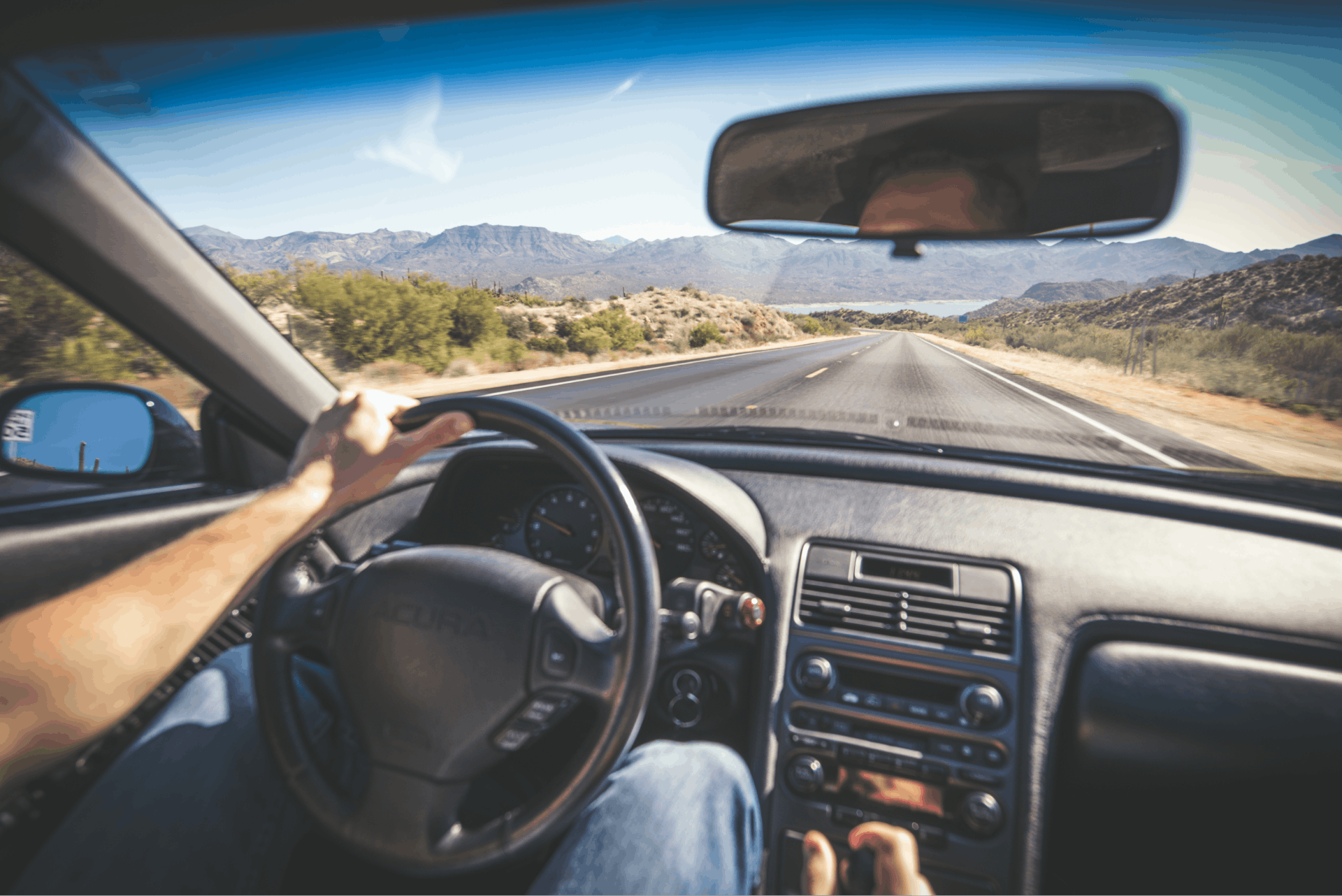All prices shown here are based on various data sources, as detailed in About Our Prices. The Hagerty Price Guide is for informational purposes only and is not intended as financial advice. More information on how forecast models are calculated can be found on Forecasted Values page. For additional information and a complete description of benefits, visit hagerty.com/legal. Purchase of insurance not required for membership in HDC. Hagerty, Hagerty Valuation Tools & Hagerty Drivers Club are registered trademarks of The Hagerty Group LLC, ©2025 The Hagerty Group, LLC. All Rights Reserved. The Hagerty Group, LLC is a wholly owned subsidiary of Hagerty, Inc.
1952 Buick Special Deluxe Model 48D
2dr Tourback Sedan
8-cyl. 263cid/120hp 2bbl
#1 Concours condition#1 Concours
#2 Excellent condition#2 Excellent
#3 Good condition#3 Good
$15,400*
+6.2%
#4 Fair condition#4 Fair
Jan 2025
Let us watch the market for you
We update the Hagerty Price Guide each quarter. Sign up for alerts and we'll notify you about value changes for the cars you love.
1950-1953 Buick Special stats
Highest sale
$68,200
Lowest sale
$770
Most recent sale
$11,025
Sales
50
Photos
1 photoImage may not reflect selected vehicle.
Past sales
Insurance
Protect your 1952 Buick Special from the unexpected.
Better coverage built for classics at a price you can afford. Online quotes are fast and easy
Model overview
Model description
The Buick Special was the last model to receive a new full-width body, in mid-1949 as a 1950 model. Before that the Specials were basically Fisher B-bodies dating back to 1941. The new model was introduced with a “snaggle-tooth” grille, which spilled down over the bumper and was also fitted to Super and Roadmaster models. Specials had three “ventiports” on the hood sides.
The 1950 Specials were divided into two lines. The base model had no body-side moldings, while the Special Deluxe had trim, bright window outlines and “Special” script on the front fenders. Three body styles were available in the Special line, with four in the Special Deluxe. Each had a fastback, or “Jetback,” two-and four-door, as well as a conventional notchback four-door touring sedan. There were no Special convertibles or station wagons and the top seller was the four-door touring sedan with 141,396 sales. Power came from the 110-hp, 248-cid OHV straight-eight engine, with a three-speed or optional Dynaflow automatic transmission. As Buick’s affordable option, Buick Special prices ranged from $1,800 to $1,983.
For 1951, the Buick Special grille was modified to a more conventional waterfall design, and the Special line gained a convertible and a Riviera two-door hardtop. The Jetback style was dropped, to be replaced by a more conventional notchback form. The straight-eight engine was increased to 263 cid and 120 hp.
Little changed in the 1952 Buick Special lineup, with just a curved side molding and a gravel guard appearing. The base model had a two-piece windshield, while the Deluxe had one-piece. A steel strike and the Korean War cut production of the Special to 120,898, with only 600 of those being convertibles.
All Specials were Deluxe models in 1953, and this was the last Buick to use a straight-eight engine. Standard power output increased to 125 hp, though an estimated 80 percent of the cars produced were equipped with automatic transmission, which bumped ratings up to 130 hp. Buick changed over to 12-volt electrics this year. The 1953 Special was the last year of the immediate post-war body, with its swooping fender line; the 1954 models would be much boxier.
Well-built if leisurely performers, many early 1950s Buick Specials have survived. The Specials are smaller, and therefore somewhat more convenient. Many linger in wrecking yards and spares are reasonably available. The only annoying issue can be the Dynaflow transmission, as the prop shaft driveline requires removal of the rear axle, in order to repair leaking seals.
Vehicle specifications
- Shipping Weight3620 lbs
- Vehicle Length204.8 in
- Wheelbase - Inches121.5 in
Find more values
Search for prices of other cars, trucks, vans and motorcycles
Common Questions
The value of a 1952 Buick Special Deluxe Model 48D can vary greatly depending on its condition, mileage, options, and history. Typically, you can expect to pay around $15,400 for a 1952 Buick Special Deluxe Model 48D in good condition with average spec.
Many factors can increase a car's value including excellent condition, exceptional originality, a recent restoration, low mileage, unique provenance, desirable options, popular or unique color choices, and excellent maintenance records. Upgrades and modifications that enhance performance or aesthetics can also add value.
Factors that can decrease a car's value include unusually high mileage, poor maintenance history, visible wear and tear, accidents or damage, title issues, and gaps in ownership history. Additionally, less popular color choices and extensive modifications that don't appeal to a broad audience can reduce value.
Mileage plays a significant role in a classic car’s value. Lower mileage usually increases value because it indicates a higher degree of originality, is rarer, and suggests less wear and tear. However, cars with exceptionally low mileage may also have maintenance needs due to lack of use. Whether someone should pay more for a vehicle with lower miles will depend on how they plan on using it, and the vehicle's specific condition.
The value of modified cars differs widely based on the type and quality of modifications. While some modifications can significantly increase value, especially performance enhancements and high-quality custom work, others may not add much or could even detract from the car’s value if they appeal to only a limited audience.

